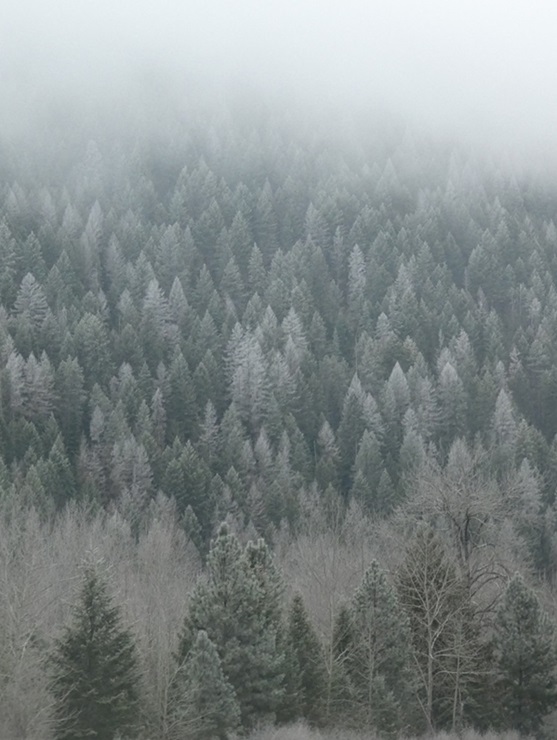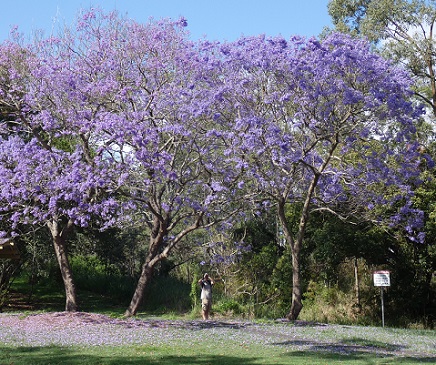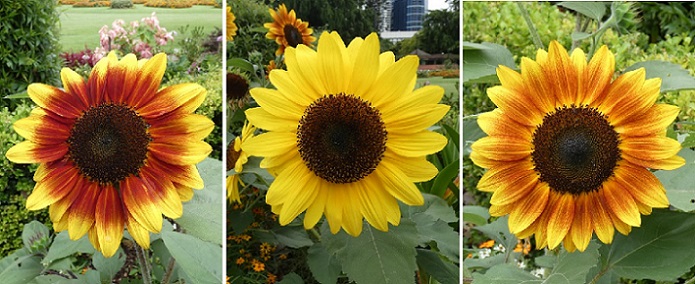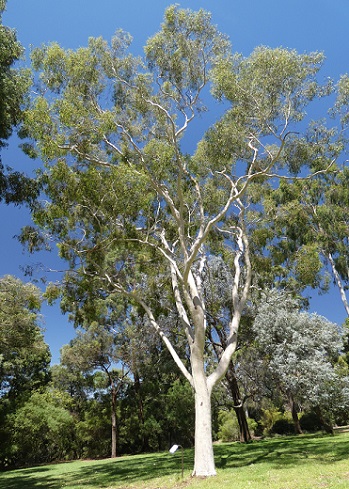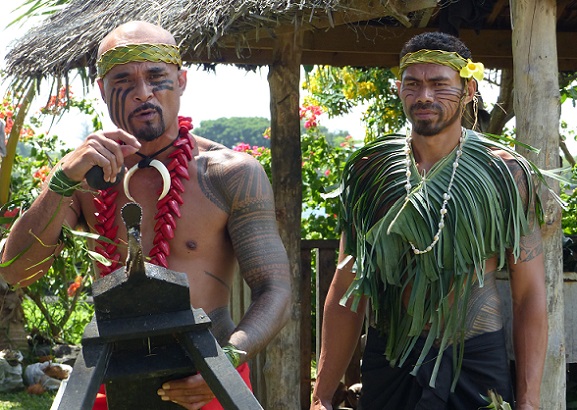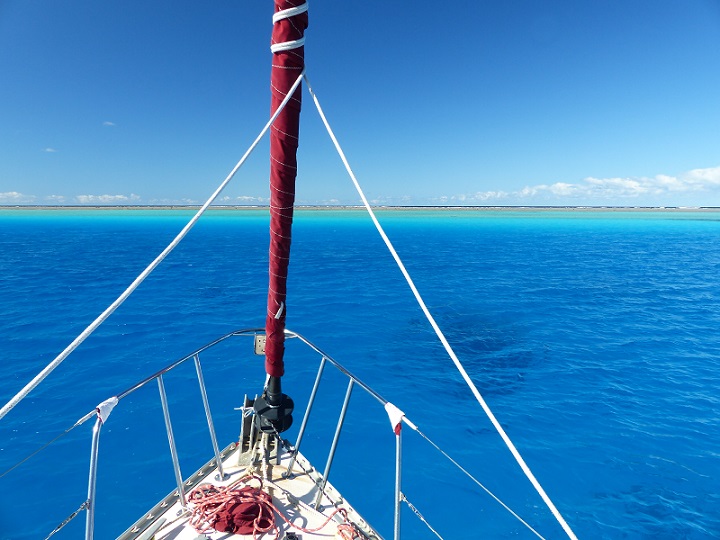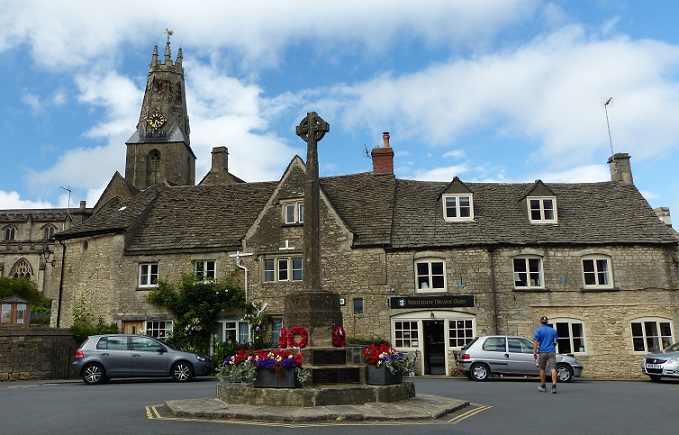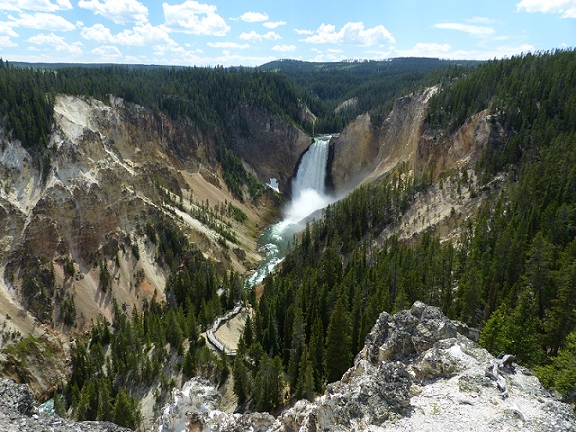
Tregoning
12 April 2024 | We are back aboard Tregoning in Mersin Marina, Mersin, Türkiye
02 April 2024 | We are in Toronto Airport, Canada: Tregoning is in Mersin Marina, Mersin, Türkiye
25 February 2024 | We are back in Gainesville, FL: Tregoning is in Mersin Marina, Mersin, Türkiye
18 February 2024 | We are in Glenwood, New Mexico: Tregoning is in Mersin Marina, Mersin, Türkiye
12 February 2024 | We are in Morro Bay, California: Tregoning is in Mersin Marina, Mersin, Türkiye
19 January 2024 | We are in Vancouver, BC Canada: Tregoning is in Mersin Marina, Mersin, Türkiye
01 January 2024 | We are in Washington State: Tregoning is in Mersin Marina, Mersin, Türkiye
15 December 2023 | We are in Minnesota: Tregoning is in Mersin Marina, Mersin, Türkiye
18 November 2023 | We are in Florida: Tregoning is in Mersin Marina, Mersin, Türkiye
29 October 2023 | We're in Florida - Tregoning is at B-dock, Mersin Marina, Mersin, Türkiye
21 October 2023 | 7 Oda Kapadokya Cave Hotel, Ürgüp, Türkiye
14 October 2023 | Hotel Aşikoğlu, Boğazkale, Türkiye
07 October 2023 | B-dock, Mersin Marina, Mersin, Türkiye
19 September 2023 | “Chez Jon & Angela”, Near Otterton, Devon, UK
14 September 2023 | Airbnb in Fortuneswell on the Isle of Portland, Dorset, UK
11 September 2023 | With Mike, Grange-over-Sands, Cumbria, UK
03 September 2023 | Ardington House, Ardington, Oxfordshire, UK
24 August 2023 | Near "Chez Joan and Peter", College of Roseisle, Moray, Scotland
11 August 2023 | Andrew's house (not exactly), Lichfield, UK
22 July 2023 | Chez Gail, near the New York Café, Budapest, Hungary
Exploring the neighborhoods
07 July 2018 | Off Tradewinds Novotel Hotel, Bay of Islands, west side of Suva Harbour, Fiji
Photo: Like kids the world over, these three boys in Kalekana were keen to have their picture taken
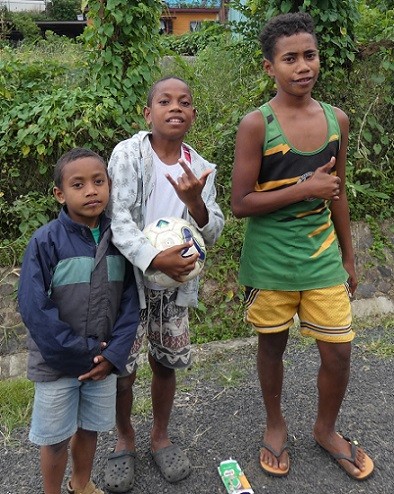
Going ashore at the Novotel Hotel anchorage could be a bit of an adventure at times. The rather dilapidated floating-dock, where we left the dinghy when going ashore, was missing a few boards underfoot and it was often necessary to tie-up to one of the research or police boats. We tried to avoid the two rotting sailboats that were sprouting sharp metal pieces and sad-looking decks. The dock had a wooden ramp that was very steep and fairly precarious, especially at low tide, and after this fell down one day, an even narrower ramp was propped between the dock and the concrete wharf, much to Randall’s consternation.
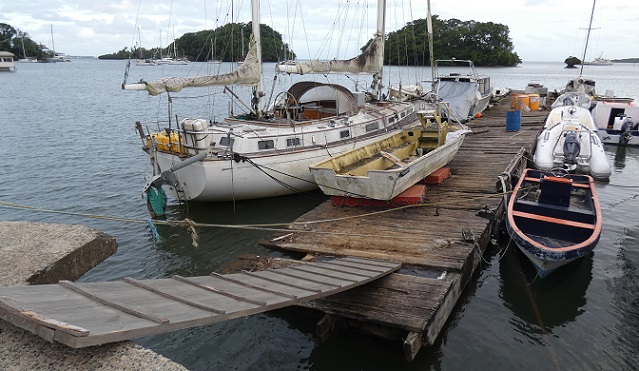
The floating-dock with rotton sailboats and the original, precarious wooden ramp
Once ashore, there is a busy sports court that the locals use every evening, mostly for volleyball or netball. Some of these appear to be pick-up games involving groups of mixed ages and abilities, while others seem more serious with referees using whistles and calling scores and penalties. This sports area presumably belonged to the village of Kalekana, which extended up the hill, just across the highway. When we decided to explore this hill one Sunday afternoon, we were a bit curious as to why the locals kept asking us if we were “Going up?” This seemed rather obvious as we plodded onward and steeply upward through the village.

Looking down the ascending road in Kalekana Village
Maybe not many of the Novotel’s guests bother to walk far from the hotel because our progress was matter of some interest to the local children. Some of them were a bit shy but others strolled along with us, helpfully pointing out all of the birds once we explained why we were carrying binoculars. When we reached the end of the houses, the road kept going upward and we were joined by a four Asian people who said that they were going to the pool further up the road.
We lost track of them eventually because we stopped at the top of the road at the Kalekana Reservoir. Completely enclosed in concrete, this is part of the water supply for Suva, or so we learned from Samuela, the security guard who lives up there. He asked if we were planning to go further along the trails up the mountain. He was concerned that it was too late in the day to start the hike which takes 2 to 3 hours each way. We could see the mountain top that he was talking about (possibly Mount Korobaba at 429 m or 1,400 feet) which did not look too intimidating but the trail appeared to have some pretty slick mud and it was not clear whether it could be followed easily without a map or guide. Samuela was relieved when we told him that we had not known of the trail and were planning to start back downhill again. But it did explain the repeated questions from the villagers about “Going up?”
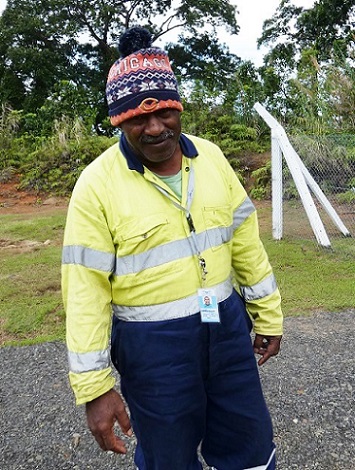
Samuela in his reflective working overalls and Chicago Bears (American-football team) wool hat
Along the ridgetop road, we had some good views over the bay and inland over the adjacent valleys to the surrounding ridges, including parts of the Colo-I-Suva Forest Reserve to the north. Along the roadside we saw at least three different species of pink orchids. We did not have any flower books with which to identify them but they were quite common.
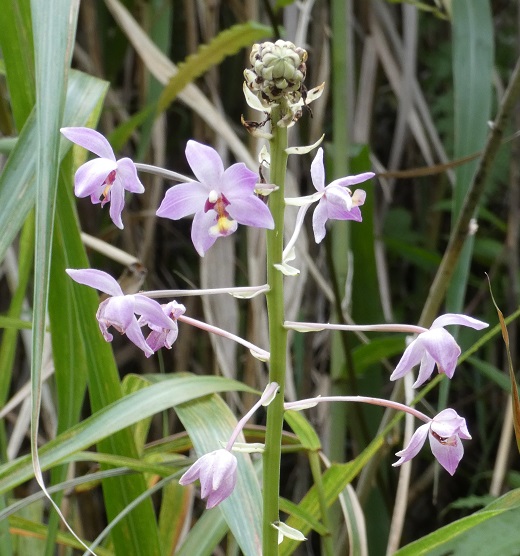
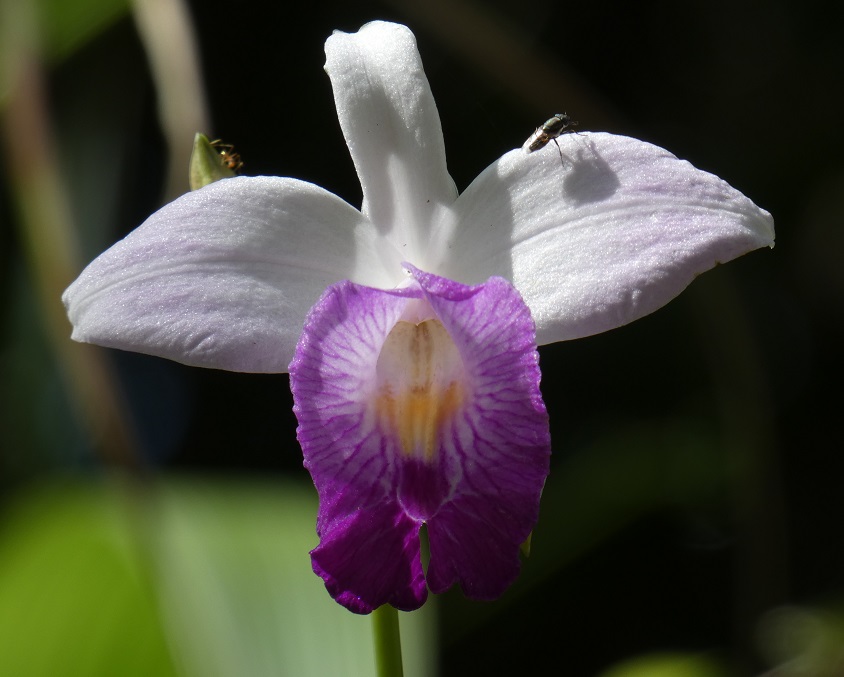
Two of the species of wild-growing orchids along the roadside
Two other plants in Fiji have attracted our attention because we were familiar with them from our research on invasive species in Florida. Mexican petunia (Ruellia) is planted in gardens all over the tropics but we have not seen it invade natural areas as is does in Florida. The other, more surprising find, was a single Ardisia crenata plant (with fruit) along the roadside in Colo-I-Suva Forest Park.

Looking north from the ridgetop road towards the Colo-I-Suva Forest Reserve
Compared to the orchid species, we had better luck at identifying the various birds that we saw around the anchorage and on our walk through Kalekana. These included birds that we had seen before such as: Pacific black ducks, reef herons (grey and white morphs), crested terns, red-vented bulbils, common mynas, white-rumped swiftlets, Pacific harrier, a spotted dove, Fiji woodswallows, and barking pigeons.
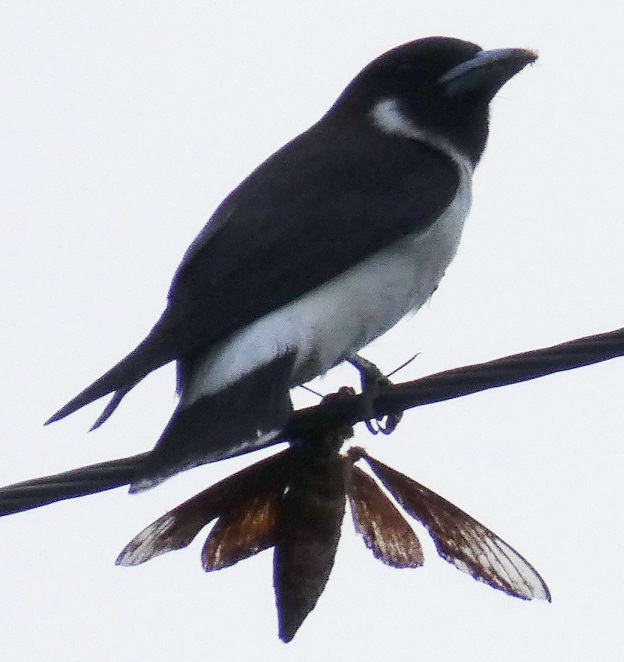
A Fiji woodswallow dismembering a large moth
A new species to us was the native Vanikoro broadbill which is a type of flycatcher also found in the Solomon Islands. The males have distinctive reddish-orange underparts with glossy blue-black hood, wings, and back, and a black, bristle-fringed bill. On another walk up the hill above the nearby town of Lami, we soon added to that list two Fiji endemics: the fast-flying, bright-red caped and fronted, purple-capped, and green-backed collared lory, and the Fiji parrotfinch, a small green and blue sparrow with its striking scarlet rump, tail, and head.
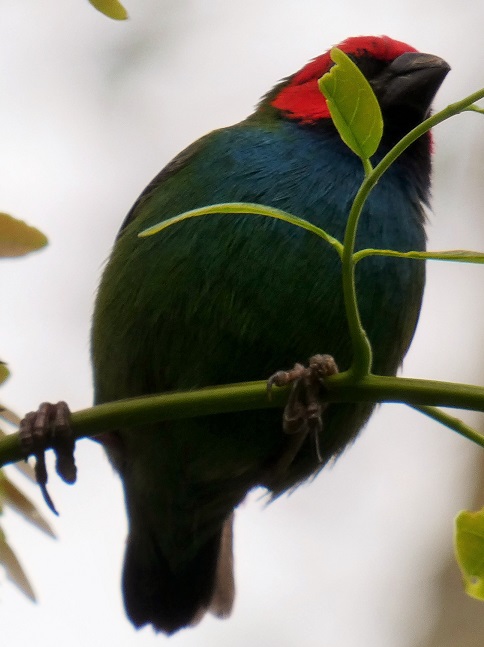
Fiji parrotfinch
On that second walk, other birds that we had seen before outside Fiji included jungle mynahs, white-collared kingfishers, and silvereyes. The latter are an Australian species that have undergone a well-documented range expansion in the last 150 years to include New Zealand (where we had seen them), Tahiti, and Fiji. Although very similar in appearance, habit, and habitat to the endemic Fiji white-eye, it appears that the two species can form mixed flocks and there are no indications of competitive exclusion by either species.
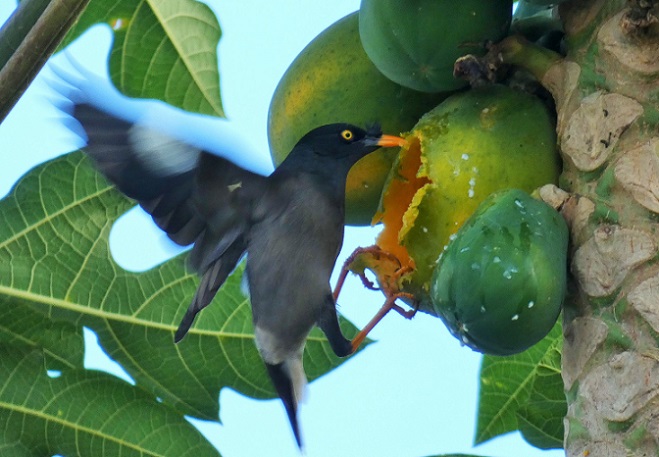
Jungle mynah feeding on ripe papaya
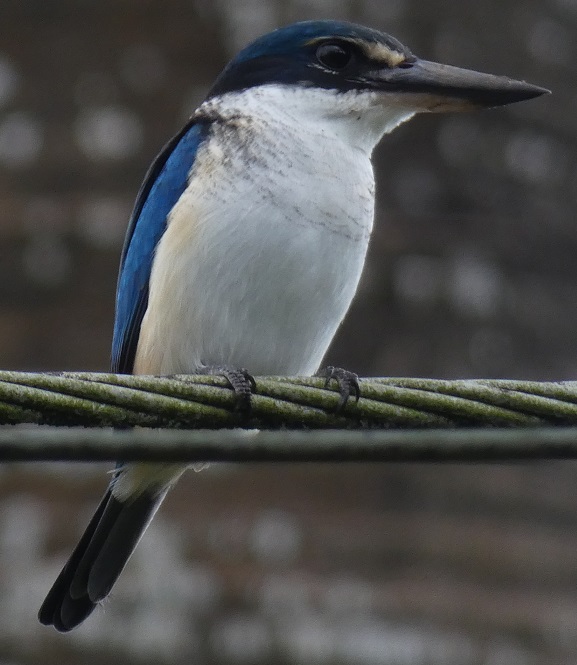
White-collared kingfisher (my zoom photography has been much aided by the recent purchase of a monopod)
The small town of Lami is about a mile east of the Novotel, over a low ridge upon which are located a surprisingly large number of affluent-looking houses, mostly behind fences and gates. The main part of the town runs along the coastal highway and includes the typical collection of small grocery stores, a bakery, a small fruit and vegetable market, a couple of churches, a medical clinic, police station, etc. Beyond the town, towards Suva, is an area of more industrial-looking businesses and a small, modern shopping center.
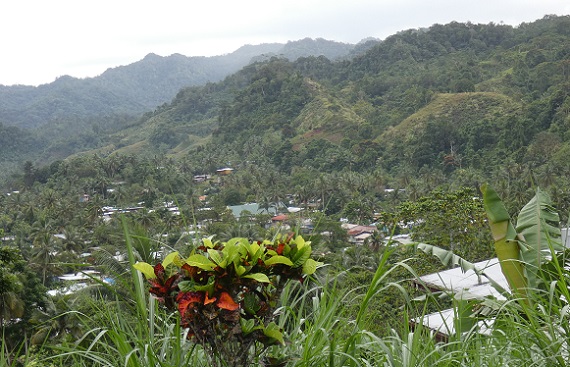
Looking over the inland village of Wairua
While the coastal road always seems to be busy, we also noticed a fair number of cars, taxis, and small buses heading inland from Lami to the village of Wairua. We had overlooked this attractive, valley-bottom village on our neighborhood wanderings as we searched for birds. The center of Lami was lively and crowded during the day but the surrounding residential areas were calm and attractive with lush tropical vegetation that had been cleared in patches for small plantations of taro, cassava, or bananas.
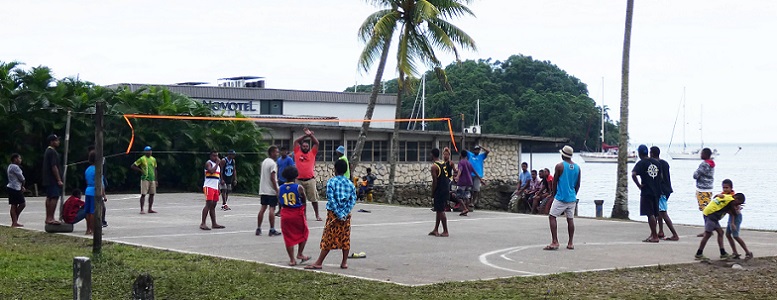
A volleyball game (with sideline wrestling) on the court next to the Novotel, with Tregoning in the background
Returning to the hotel along the highway, we passed the small beach at the northeast corner of our anchorage where several outrigger canoes were stored. With crews of six or eight paddling back and forth across the bay on many evenings, the splash of paddles, grunts for changing over the side of paddling, the swish of the hull through the water, and the distant shouts, squeals, and whistles from the volleyball or netball games, provided a cheerful, vibrant, and healthy soundtrack to our stay in the Viti Levu Bay of Islands.

The floating-dock with rotton sailboats and the original, precarious wooden ramp
Once ashore, there is a busy sports court that the locals use every evening, mostly for volleyball or netball. Some of these appear to be pick-up games involving groups of mixed ages and abilities, while others seem more serious with referees using whistles and calling scores and penalties. This sports area presumably belonged to the village of Kalekana, which extended up the hill, just across the highway. When we decided to explore this hill one Sunday afternoon, we were a bit curious as to why the locals kept asking us if we were “Going up?” This seemed rather obvious as we plodded onward and steeply upward through the village.

Looking down the ascending road in Kalekana Village
Maybe not many of the Novotel’s guests bother to walk far from the hotel because our progress was matter of some interest to the local children. Some of them were a bit shy but others strolled along with us, helpfully pointing out all of the birds once we explained why we were carrying binoculars. When we reached the end of the houses, the road kept going upward and we were joined by a four Asian people who said that they were going to the pool further up the road.
We lost track of them eventually because we stopped at the top of the road at the Kalekana Reservoir. Completely enclosed in concrete, this is part of the water supply for Suva, or so we learned from Samuela, the security guard who lives up there. He asked if we were planning to go further along the trails up the mountain. He was concerned that it was too late in the day to start the hike which takes 2 to 3 hours each way. We could see the mountain top that he was talking about (possibly Mount Korobaba at 429 m or 1,400 feet) which did not look too intimidating but the trail appeared to have some pretty slick mud and it was not clear whether it could be followed easily without a map or guide. Samuela was relieved when we told him that we had not known of the trail and were planning to start back downhill again. But it did explain the repeated questions from the villagers about “Going up?”

Samuela in his reflective working overalls and Chicago Bears (American-football team) wool hat
Along the ridgetop road, we had some good views over the bay and inland over the adjacent valleys to the surrounding ridges, including parts of the Colo-I-Suva Forest Reserve to the north. Along the roadside we saw at least three different species of pink orchids. We did not have any flower books with which to identify them but they were quite common.


Two of the species of wild-growing orchids along the roadside
Two other plants in Fiji have attracted our attention because we were familiar with them from our research on invasive species in Florida. Mexican petunia (Ruellia) is planted in gardens all over the tropics but we have not seen it invade natural areas as is does in Florida. The other, more surprising find, was a single Ardisia crenata plant (with fruit) along the roadside in Colo-I-Suva Forest Park.

Looking north from the ridgetop road towards the Colo-I-Suva Forest Reserve
Compared to the orchid species, we had better luck at identifying the various birds that we saw around the anchorage and on our walk through Kalekana. These included birds that we had seen before such as: Pacific black ducks, reef herons (grey and white morphs), crested terns, red-vented bulbils, common mynas, white-rumped swiftlets, Pacific harrier, a spotted dove, Fiji woodswallows, and barking pigeons.

A Fiji woodswallow dismembering a large moth
A new species to us was the native Vanikoro broadbill which is a type of flycatcher also found in the Solomon Islands. The males have distinctive reddish-orange underparts with glossy blue-black hood, wings, and back, and a black, bristle-fringed bill. On another walk up the hill above the nearby town of Lami, we soon added to that list two Fiji endemics: the fast-flying, bright-red caped and fronted, purple-capped, and green-backed collared lory, and the Fiji parrotfinch, a small green and blue sparrow with its striking scarlet rump, tail, and head.

Fiji parrotfinch
On that second walk, other birds that we had seen before outside Fiji included jungle mynahs, white-collared kingfishers, and silvereyes. The latter are an Australian species that have undergone a well-documented range expansion in the last 150 years to include New Zealand (where we had seen them), Tahiti, and Fiji. Although very similar in appearance, habit, and habitat to the endemic Fiji white-eye, it appears that the two species can form mixed flocks and there are no indications of competitive exclusion by either species.

Jungle mynah feeding on ripe papaya

White-collared kingfisher (my zoom photography has been much aided by the recent purchase of a monopod)
The small town of Lami is about a mile east of the Novotel, over a low ridge upon which are located a surprisingly large number of affluent-looking houses, mostly behind fences and gates. The main part of the town runs along the coastal highway and includes the typical collection of small grocery stores, a bakery, a small fruit and vegetable market, a couple of churches, a medical clinic, police station, etc. Beyond the town, towards Suva, is an area of more industrial-looking businesses and a small, modern shopping center.

Looking over the inland village of Wairua
While the coastal road always seems to be busy, we also noticed a fair number of cars, taxis, and small buses heading inland from Lami to the village of Wairua. We had overlooked this attractive, valley-bottom village on our neighborhood wanderings as we searched for birds. The center of Lami was lively and crowded during the day but the surrounding residential areas were calm and attractive with lush tropical vegetation that had been cleared in patches for small plantations of taro, cassava, or bananas.

A volleyball game (with sideline wrestling) on the court next to the Novotel, with Tregoning in the background
Returning to the hotel along the highway, we passed the small beach at the northeast corner of our anchorage where several outrigger canoes were stored. With crews of six or eight paddling back and forth across the bay on many evenings, the splash of paddles, grunts for changing over the side of paddling, the swish of the hull through the water, and the distant shouts, squeals, and whistles from the volleyball or netball games, provided a cheerful, vibrant, and healthy soundtrack to our stay in the Viti Levu Bay of Islands.
Comments
| Vessel Name: | Tregoning |
| Vessel Make/Model: | Morgan Classic 41 |
| Hailing Port: | Gainesville, FL |
| Crew: | Alison and Randall |
| About: | We cast-off from Fernandina Beach in north Florida on 1st June 2008 and we have been cruising on Tregoning ever since. Before buying Tregoning, both of us had been sailing on smaller boats for many years and had worked around boats and water throughout our careers. |
| Extra: | “Tregoning” (rhymes with “belonging”) and is a Cornish word (meaning “homestead of Cohnan” or “farm by the ash trees”) and was Alison's mother’s middle name. Cornwall is in southwest England and is where Alison grew-up. |
Tregoning's Photos - Main
 |
Extra photographs from our three-week campervan tour of the South Island from November 15th to December 5th 2015
217 Photos
Created 4 January 2016
|
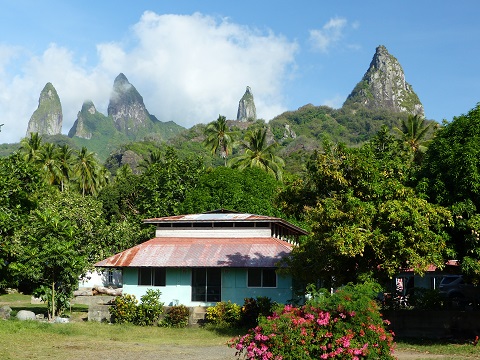 |
Random pictures from our month spent on the islands of Hiva Oa, Tahuata, Ua Pou, and Nuku Hiva
45 Photos
Created 18 July 2015
|
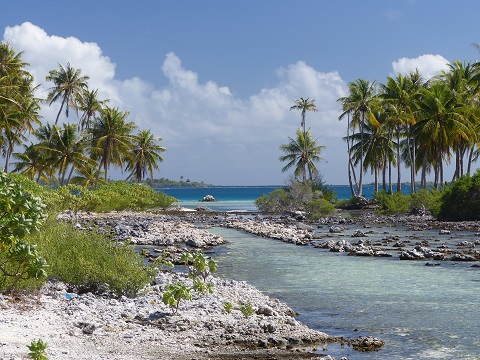 |
Random pictures from our month spent in 4 Tuamotu Atolls; Ahe, Fakarava, Tahanea, and Toau
32 Photos
Created 1 July 2015
|
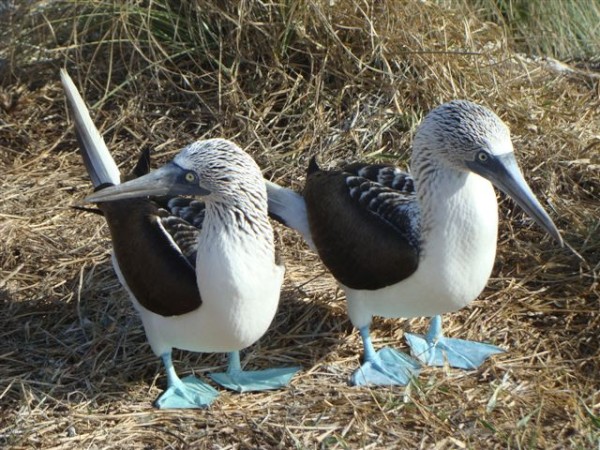 |
Some of the birds, fish, reptiles, and mammals (and others) that we have seen in Mexico
74 Photos
Created 5 May 2014
|
Tregoning

Who: Alison and Randall
Port: Gainesville, FL
